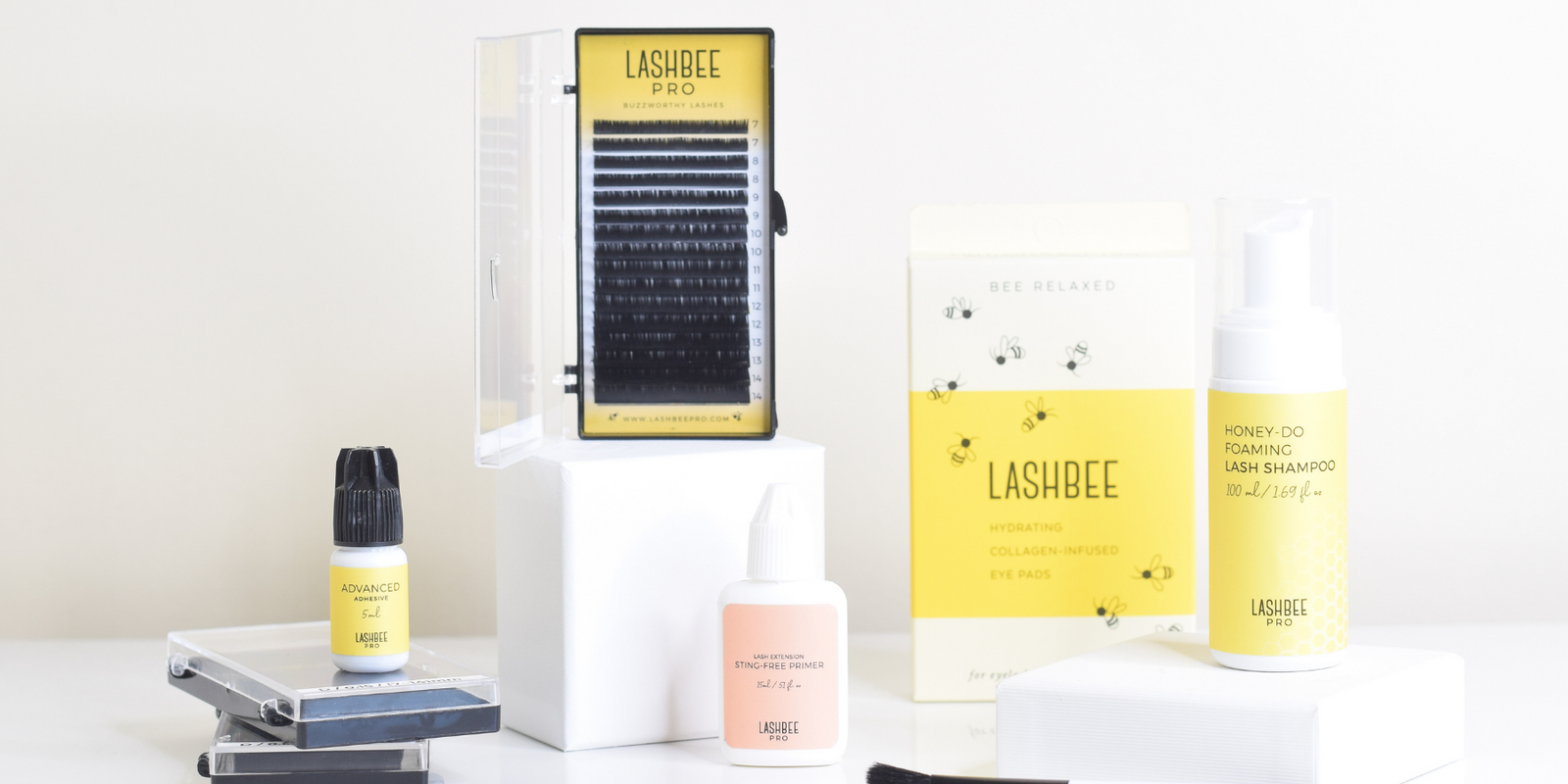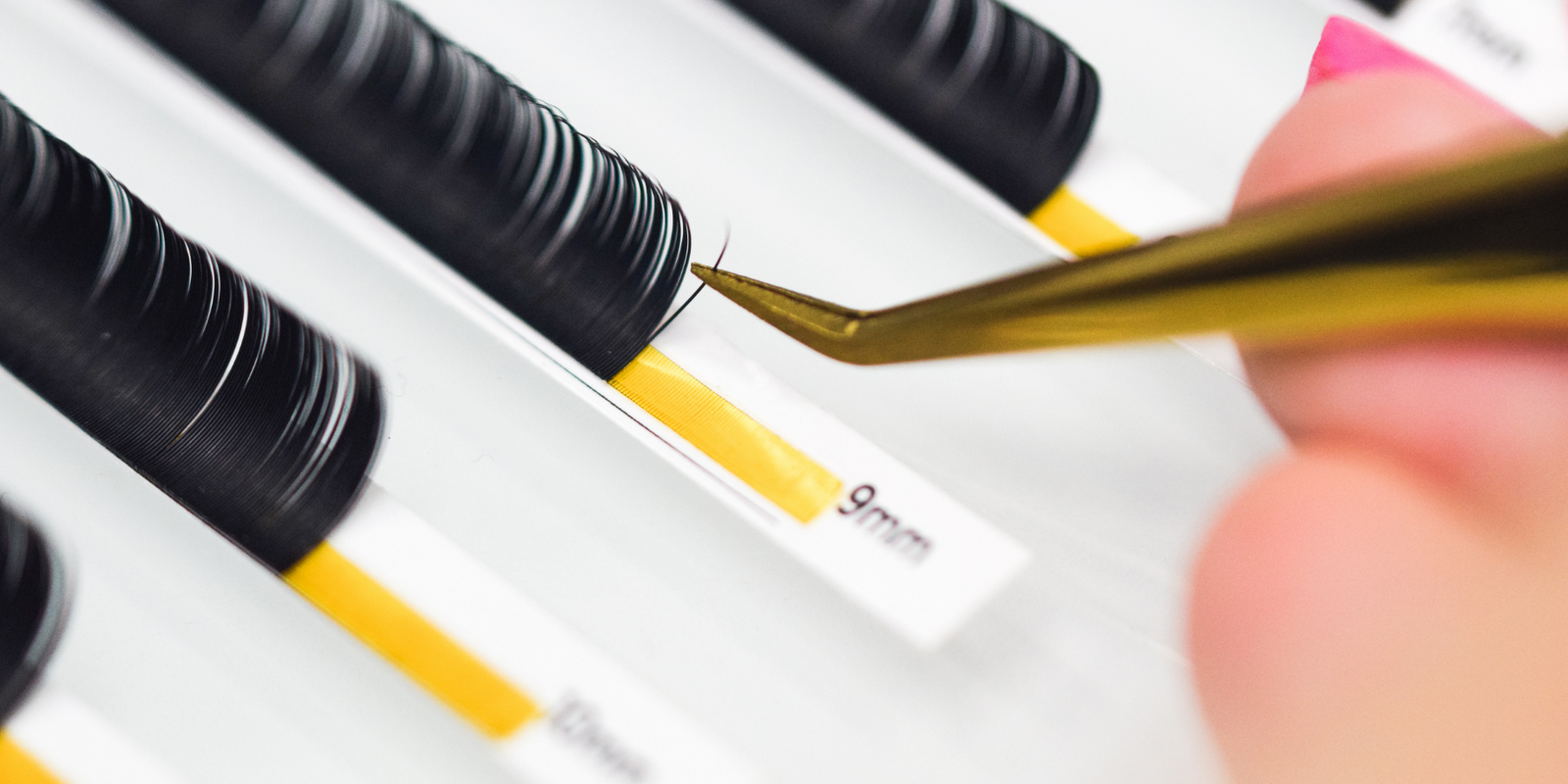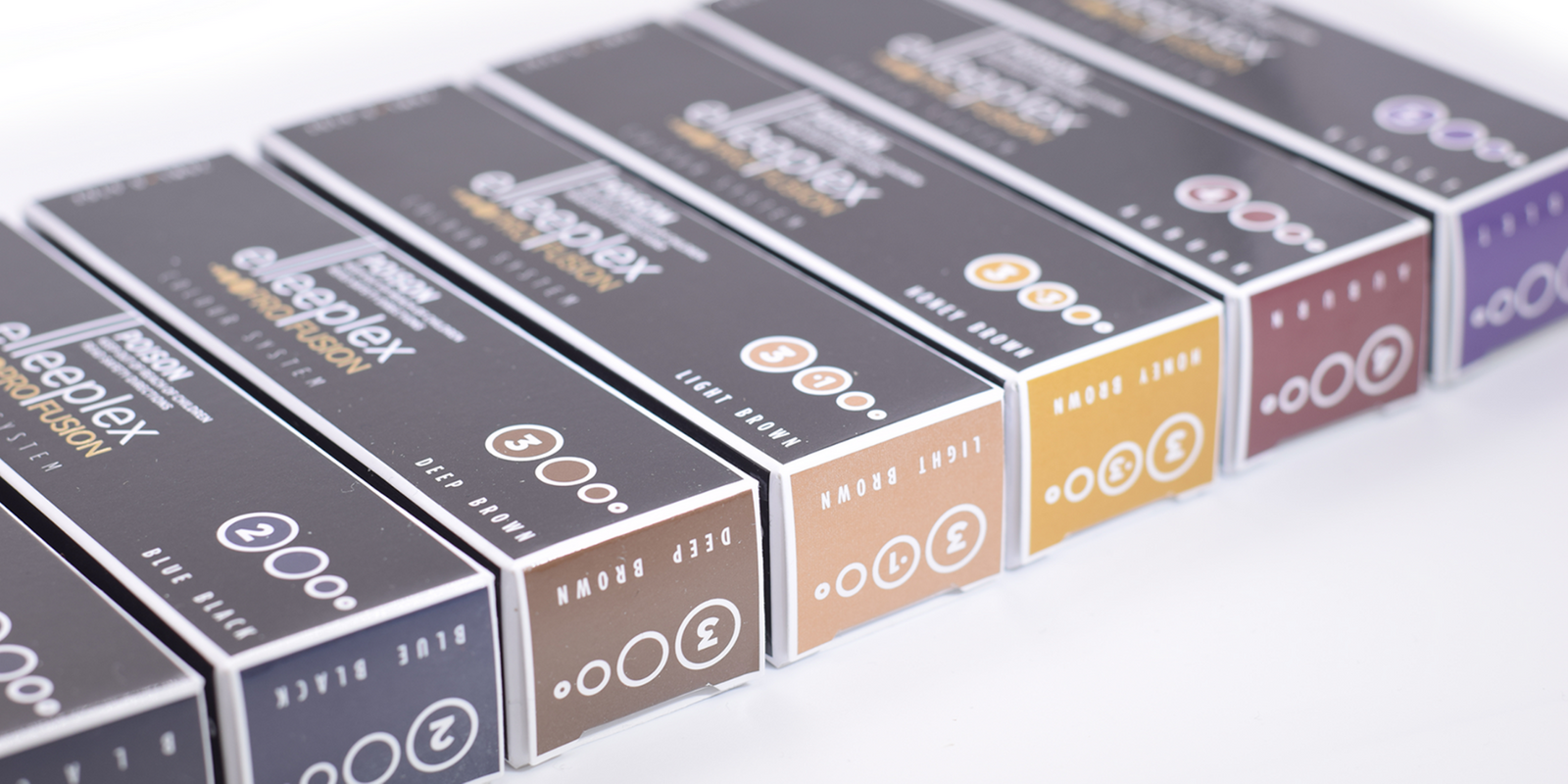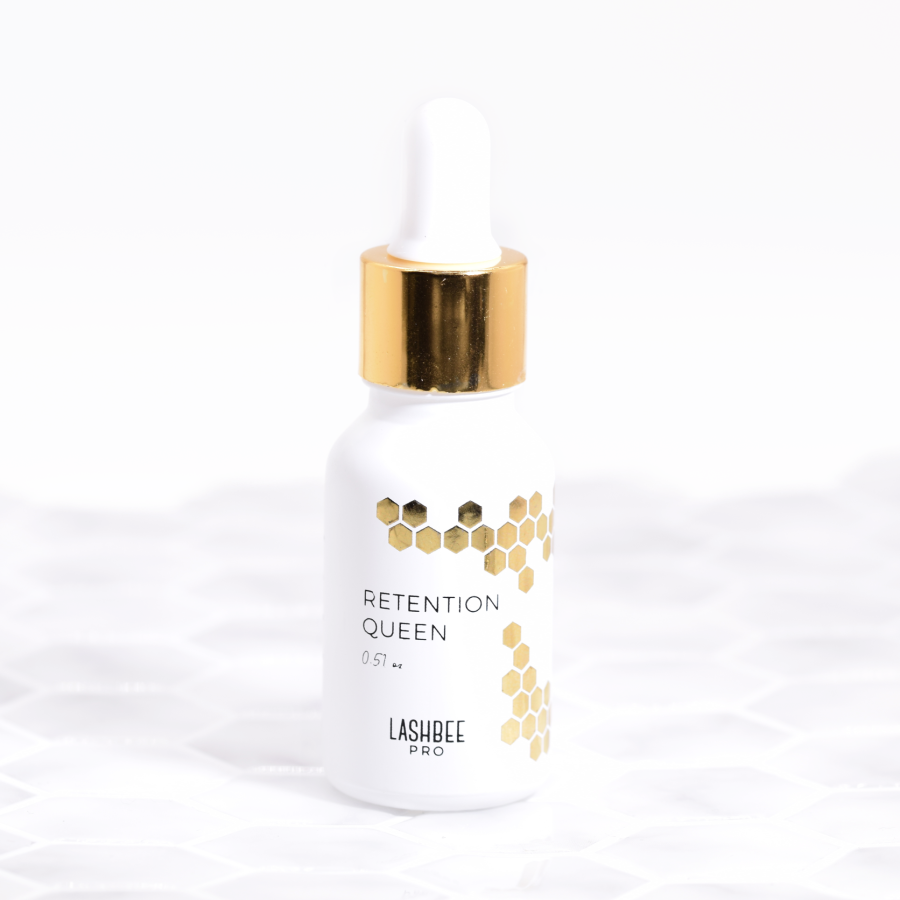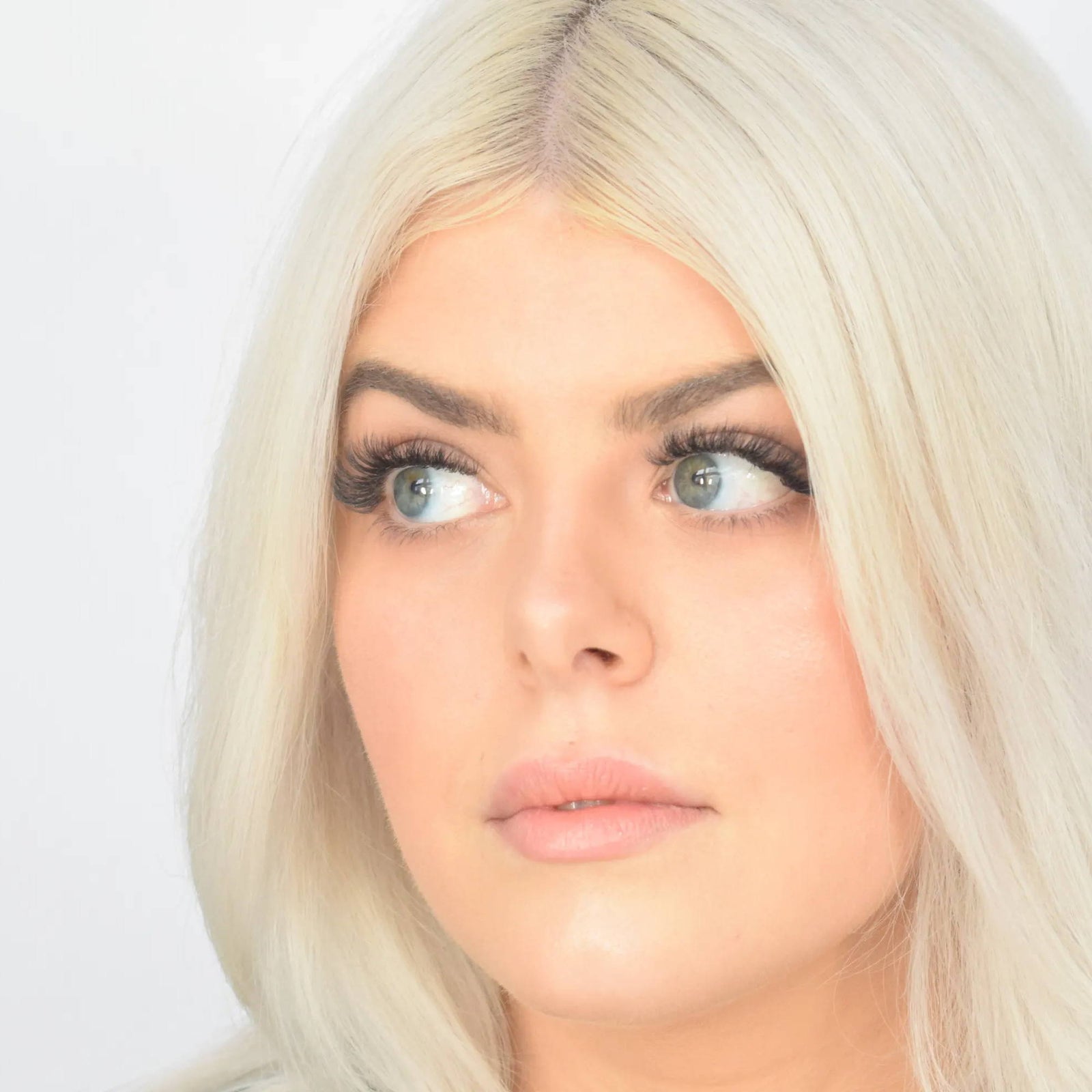Have you been adhesive-hopping but still struggling with retention? It’s likely that something other than the adhesive is causing the issue. From lashing speed to client aftercare, we’ve compiled 8 factors that could be contributing to your retention troubles (and super easy solutions!).
1. Lashing Speed:
Selecting the right adhesive for YOU is essential! Even if everything else is on point, if you are working with the right adhesive for your own needs, retention will still suffer. Just because an adhesive works well for other artists doesn't necessarily mean it’s best for you! When selecting an adhesive (and sifting through adhesive recommendations on Insta or Facebook), consider two things:
- Your environment
- Your own lashing speed
Your environment: The cyanoacrylate in adhesives is sensitive to the humidity of your work space. It will function differently depending on the amount of moisture in the air (quick refresher - more moisture means a faster cure time!). An adhesive formulated for 50-60% humidity won’t give you the same bond if you're stuck at 30%. In this case, go with an adhesive like our Low-Humidity adhesive (it has been formulated for the 20%-40% range). For environments with higher-humidity, our Advanced adhesive is formulated for 40%-65%.
If you don't have a hygrometer - get one, stat (they're available on Amazon for under $30). Once you understand how your humidity varies, look for adhesive(s) specifically formulated for those ranges. If your work space fluctuates significantly, have 2 adhesives on hand so you'll always have something that works, whatever the humidity.
Your own lashing speed: Take a close look at how quickly you lash. Your adhesive begins curing the moment you pull the extension out of the glue ring or bubble. If you're working with an adhesive that dries in 1 second but you take 2 seconds to place, you'll find lashes popping off as you brush through or (even worse) falling off soon after your client leaves your studio.
All adhesives have dry time guidelines so pick one that matches your actual speed (rather than your desired one). If you're new to lashing, stick with slightly slower adhesives as you perfect your placement; this will ensure the adhesive hasn't already cured before you can place the extension. You'll know it's time to switch to a speedier adhesive when you find yourself holding your isolation for a few seconds after placing an extension.
2. Treat your adhesive right:
Once you’ve found the right adhesive, you’ll want to treat it right. There are several key ways to do this.
Timing your adhesive shipments is surprisingly important. During warm months, upgrade to priority shipping so your package won't be stuck in transit for days (USPS is notoriously unreliable!). Watch the tracking and arrange to be home or at your studio so it doesn't sit in the mailbox for a long time. Pro tip: stock up on adhesives in the spring BEFORE it gets super hot and order earlier in the week so it won't be stuck in transit over the weekend. You can store unopened LBP adhesives in a cool, dry place up to 6 months. Write the date you received it on the envelope to help you track.
Store your adhesive correctly to make it last! Whether you lash at home or in a salon, your adhesive should be stored at room temperature. That means making sure your space does not get overly heated (especially overnight and in the summer). Turning off your AC at night might mean your warm space causes your adhesive to get goopy faster. Make sure your adhesive lid is closed tightly to prevent moisture and air from sneaking in. You'll save money and headache by prolonging your adhesive's shelf life.
Finally, toss your adhesive 5 weeks (at most!) after opening, sooner if you're lashing full-time or sharing with a colleague - all the opening and closing lets air and moisture in. Write the date you open it on the bottom to make it easy to remember.
3. Check those bases:
Examine the angle at which you are placing extensions, they should be placed perfectly parallel to the natural lash and NOT at an angle (see graphic above). If the base of the extension or fan is not fully connected (bottom example), it’s likely to catch on things and come off pretty quickly. Similarly, when the placement angle is too sharp (middle example), the surface area of the bond between extension and natural lash is severely limited, in turn limiting its lifespan. Extensions that aren't fully adhered at the base will NOT have a long-lasting bond. If you’re having trouble seeing the base clearly, get a pair of magnifying glasses (under $20 on Amazon!).
4. Clean lashes last longer:
A clean working surface is crucial - extensions won't just stick to dirty lashes. Make sure your clients' lashes are squeaky clean BEFORE you start lashing. Suds them up with a specialized lash cleanser, like our Honey-Do Lash Shampoo (please, no baby shampoo!) and rinse thoroughly. A gentle cleanser will remove all traces of makeup, oil, or other buildup, giving you a clean slate for your lash masterpiece. Make sure you fully dry the lashes before beginning. Spend the time cleaning upfront - even if it takes a full 10 minutes (you’ll avoid issues later!). It's better to be proactive with your prep than to put yourself at risk of bad retention.
5. Shock curing:
Nanomisting is a must, but only if you do it right. Wait at least 2 minutes after placing the last lash before you mist to jump start the curing process. The key to avoiding poor retention is not overdoing it. It may seem an extra mist would be proactive; however, adding TOO much water TOO soon can actually have the reverse effect by shock-curing your adhesive. Shock-curing hardens your adhesive prematurely, creating a hard shell that doesn't let moisture cure the adhesive underneath, ultimately giving you a weaker bond.
How to avoid this? Keep it quick and simple! Mist for a max of 30 seconds,at least12 inches from your client's face.
6. Working with oily clients:
Clients with oily skin tend to struggle more with retention than their peers with drier skin, as oil (even naturally-produced) can weaken your adhesive's bond. Fortunately, there are a few ways to combat oil's impact! First, spend some extra time prepping your oilier clients, with either a lash bath or a sting-free primer. While this step may be too drying for some clients, it can be a great precaution for oilier clients by stripping their lashes of these excess oils. Remember that extensions bond best to clean lashes!
After the appointment, really hit home on the importance of aftercare. Oily clients should be using a gentle lash shampoo AT LEAST once per day (evenings), though they may find an extra wash in the mornings also helps. Throughout the day, they can soak up extra oil on their lids with blotting paper to prevent it from seeping into their lash line.
7. Harp on aftercare:
Strong retention depends on clients also doing their part, but building great aftercare habits can take time. When a client returns with poor retention, don't fret! Instead, use it as another opportunity to educate them on the importance of aftercare.
RELATED: Lash Artist Aftercare: Educating your clients on lash maintenance
Repetition is key! Don't be afraid to sound like a broken record. You can even give it the ole Jerry Maguire positioning of "help me help you." Remind your clients that by keeping their lashes clean, avoiding oily products and sleeping carefully, they help both of you. YOU have to spend less time prepping their lashes and THEY get to save money by coming in for fewer fills. When you position it that way, it may just click! Clients doing their part will be a win-win for both of you.
8. Mindful makeup:
Whether it’s an initial consultation or a follow-up chat, educating your clients on makeup use can be another "help me help you" situation. Remind your clients to be mindful when it comes to makeup! Oil-containing creams and eye products are a no-go for those seeking great retention. Same for liner that seeps into the lash line and hides out there, breaking down your adhesive bond (tip: dip an angled makeup brush into water and then into powder eye shadow to create extension-friendly eyeliner!).
Keep in mind that even extension-friendly makeup requires removal! If not properly removed, it will also start to impact retention. Encourage your clients to cleanse *gently* with a flexible makeup brush. The bristles should bend easily when you run your finger over them - bristles too stiff can pry loose extensions from the natural lash prematurely. Your clients should gently work the brush down (not from side to side) and rinse carefully.
Finding the root of poor retention can be tricky at times. From aftercare to storage, we hope these tips and tricks help you maximize retention. Happy lashing!


